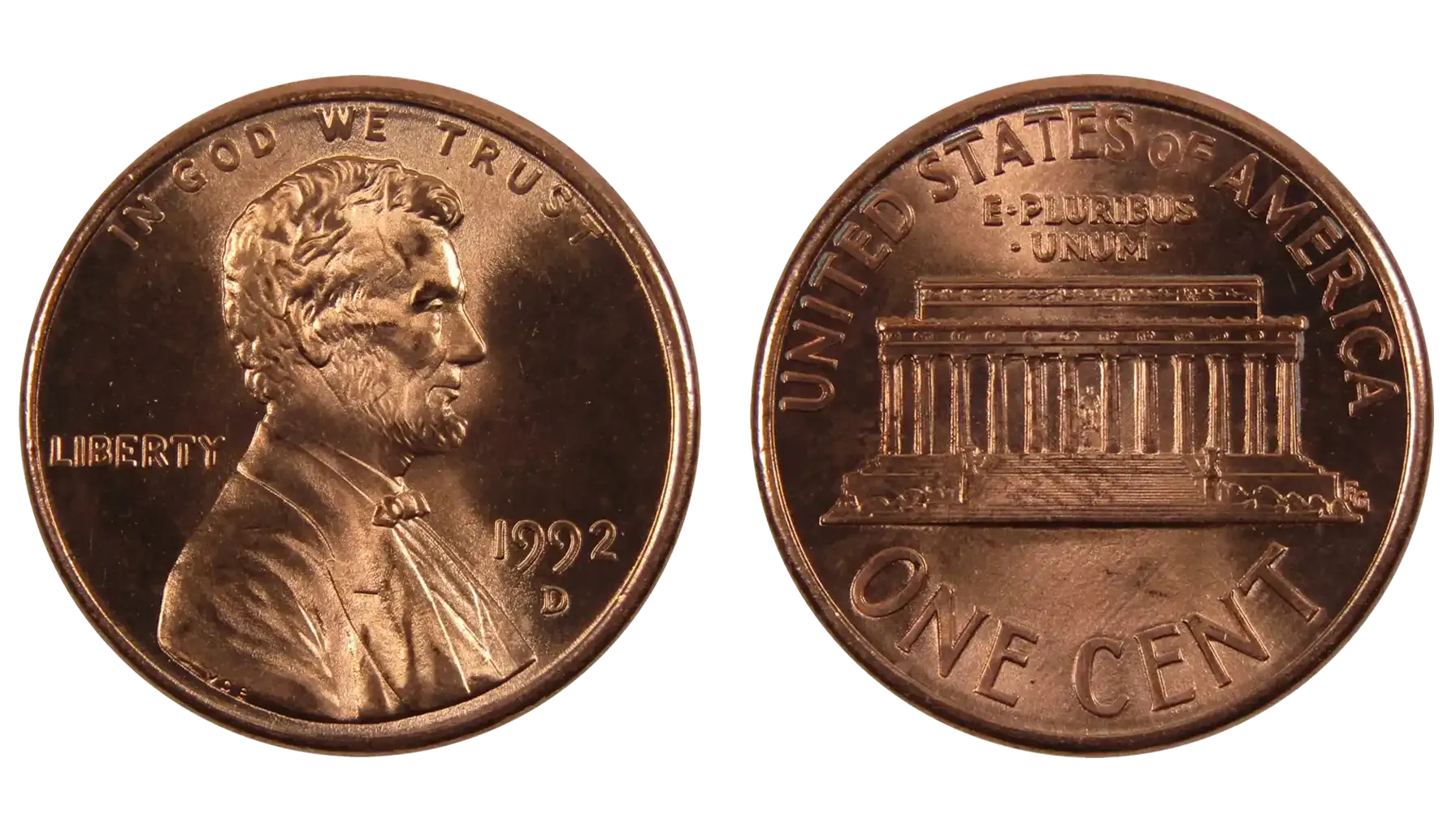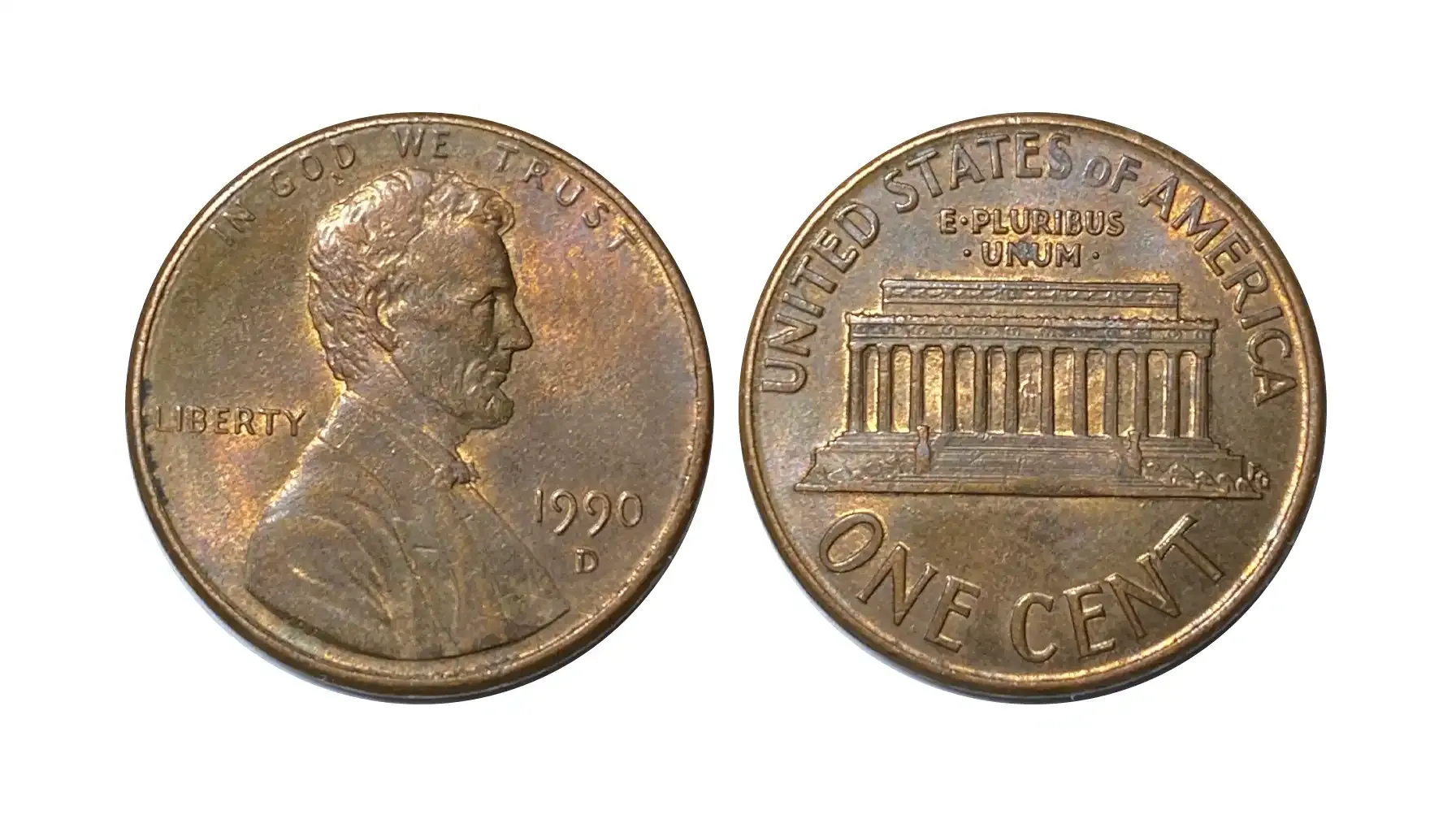Contents:
.Coins are unique creations that, despite large production quantities, may get personal distinctive features over time. One fascinating example of this is the no date Buffalo nickel, i.e., a coin that seems incomplete at first glance but is full of collector curiosity. Minted almost a century ago (1913 to 1938), these were iconic, but many have lost a key detail – the date.
So intriguing can these coins be! But are they worth anything? How to figure out when they were made? And are there any ways to recover the date and check coin value in the end? Here is everything you need to know about the peculiar example of American numismatic history.
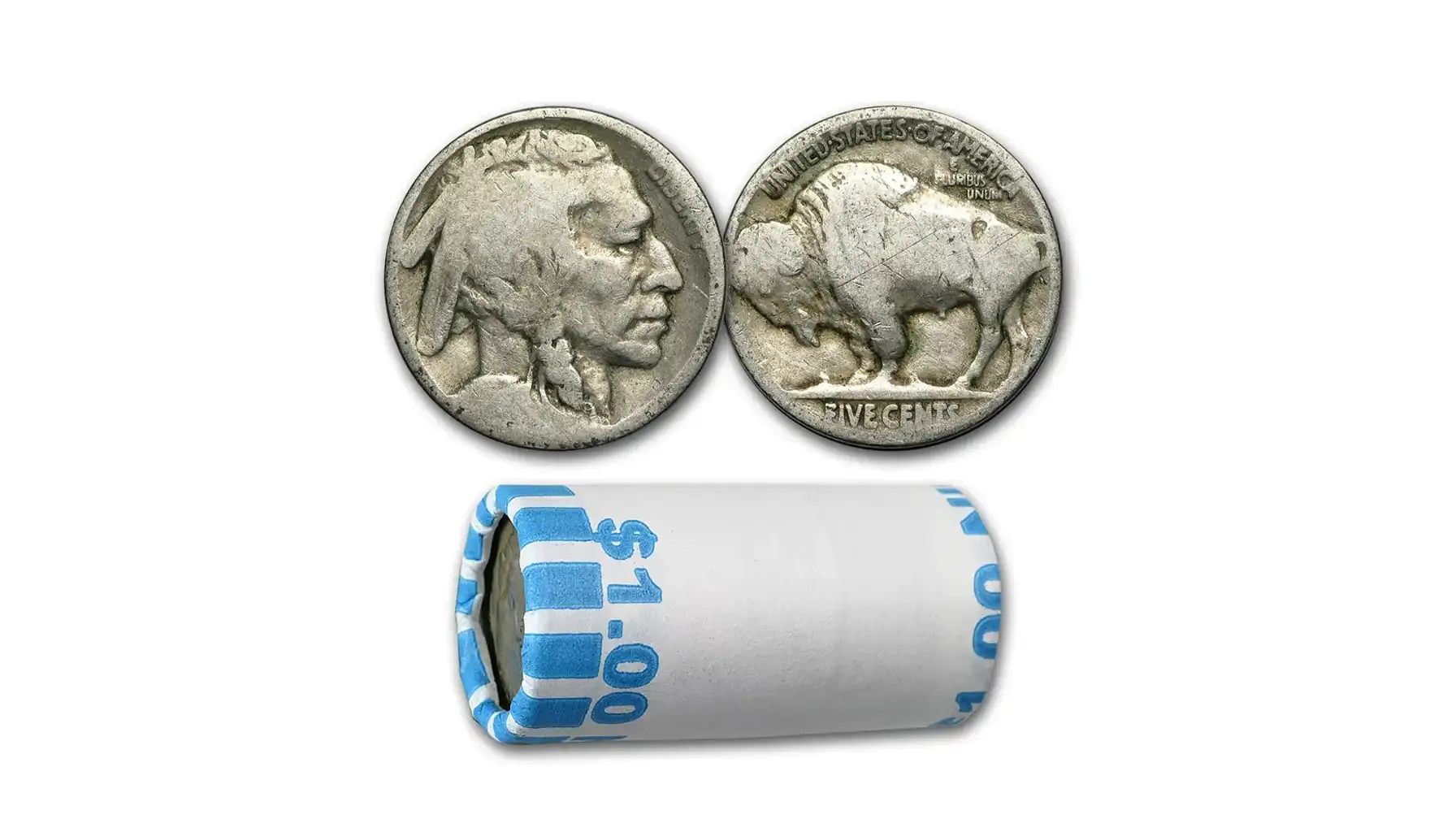
What Is a Buffalo Nickel?
The Buffalo nickel (also commonly referred to as Indian Head nickel), is a five-cent piece struck in the United States between 1913 and 1938. The designer responsible for the creation of this instance, i.e., sculptor James Earle Fraser, depicted a Native American profile on the obverse and an almost legendary bison on the reverse side.
Related article: Buffalo Nickel 1926: With Due Respect to the Origins
Why Do Some Buffalo Nickels with No Date?
Just like most coins, nickels should bear the symbol of the place it was minted by (i.e., tiny letters) and the year of issue. However, some instances may lack dates at all, and the reason is quite simple: wear and tear. As a rule, these should exhibit the date on a raised area of the obverse (just above the Native American’s shoulder). Since this part of the design was emphasized on purpose, it wore down faster than the rest of the surface. The years count.
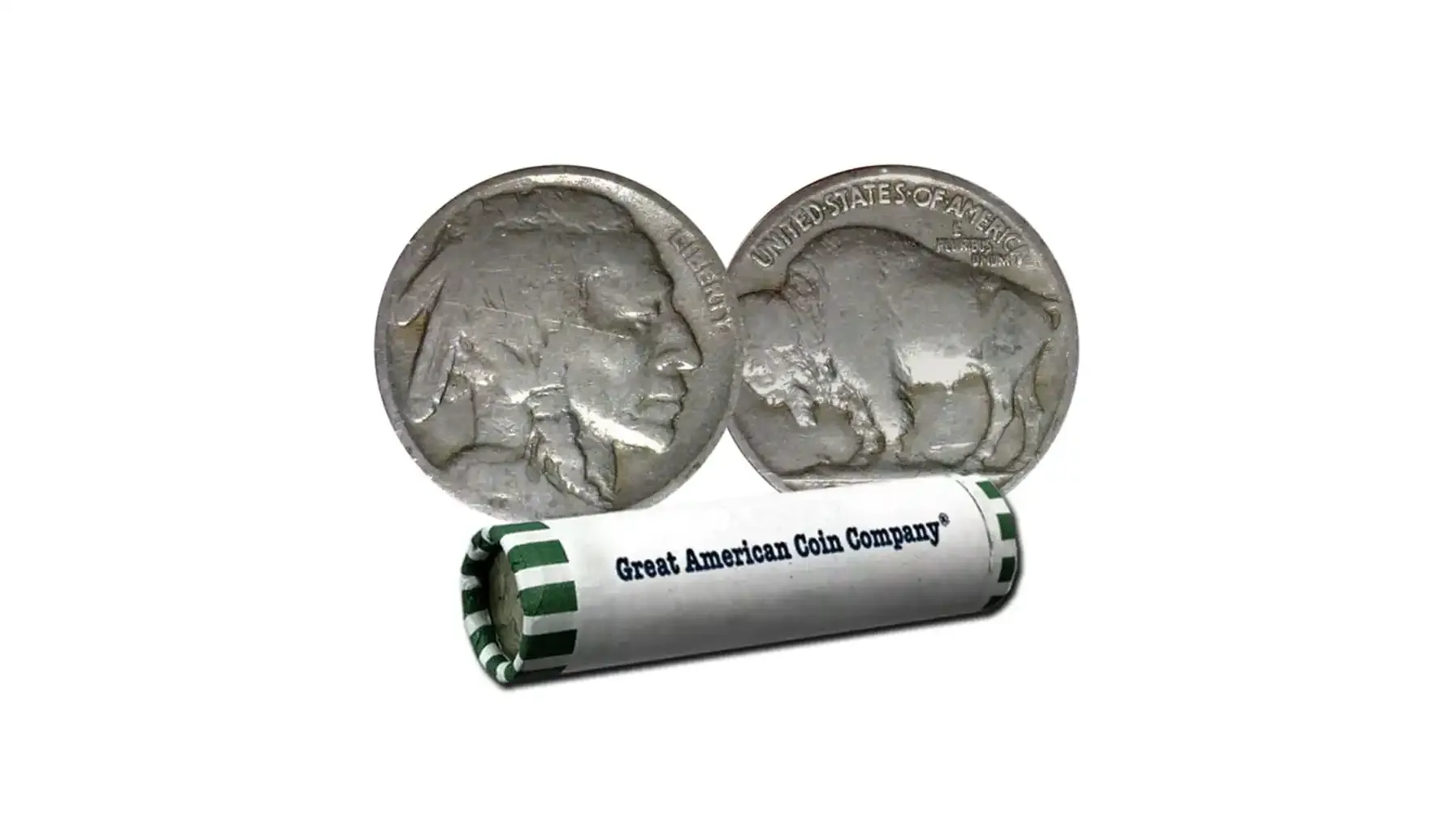
The issue was ubiquitous, and it triggered numerous complaints during the period of circulation. How to identify the coin if its most indicative feature is absent? To mitigate the problem, the US Mint attempted to slightly modify the appearance in 1916, but the change was not successful at all. So, should you find a Buffalo nickel with no date, do not get overwhelmed with this instance – it has never been an error nor a rare variety.
How to Identify a No-Date Buffalo Nickel
The features of the coin are quite distinctive, which is why even beginners may detect the Buffalo nickel and infer its year of origin. Clues are vital.
The Main Features of the Buffalo Nickels | |
Official Name | Indian Head Nickel (commonly known as Buffalo Nickel) |
Years Minted | 1913–1938 + the 2005 Buffalo nickel issue |
Designer | James Earle Fraser |
Obverse Design | Native American profile (composite of several real-life figures) |
Reverse Design | American Bison (commonly believed to be “Black Diamond” that lived at the Central Park Zoo in New York) |
Design Types | Type 1 (1913 only): Raised mound under buffalo Type 2 (1913–1938): Flat plain beneath buffalo |
Mint Marks | No mint mark = Philadelphia |
Mint Mark Location | Below “FIVE CENTS” on the reverse |
Diameter | 21.2 mm |
Weight | 5.00 grams |
Composition | 75% copper, 25% nickel |
Edge | Plain |
Common Issue | Date wears off easily thanks to high-relief placement |
Keep in mind that some traces of a date may still be visible under magnification (one of the best examples is the 1936 Buffalo nickel not to mention). This is why we recommend that you examine the surface with a loupe or magnifying lens and try different angles to capture any remaining marks that cannot disappear without some hints left.
Can You Recover the Date?
One may believe that the absence of the date means an inability to determine the issue of the nickel. While it is not always possible to recover the date fully, there are a few methods to help identify the coin's date range and finally estimate the Indian head Buffalo nickel no date value.
Chemical Date Restoration
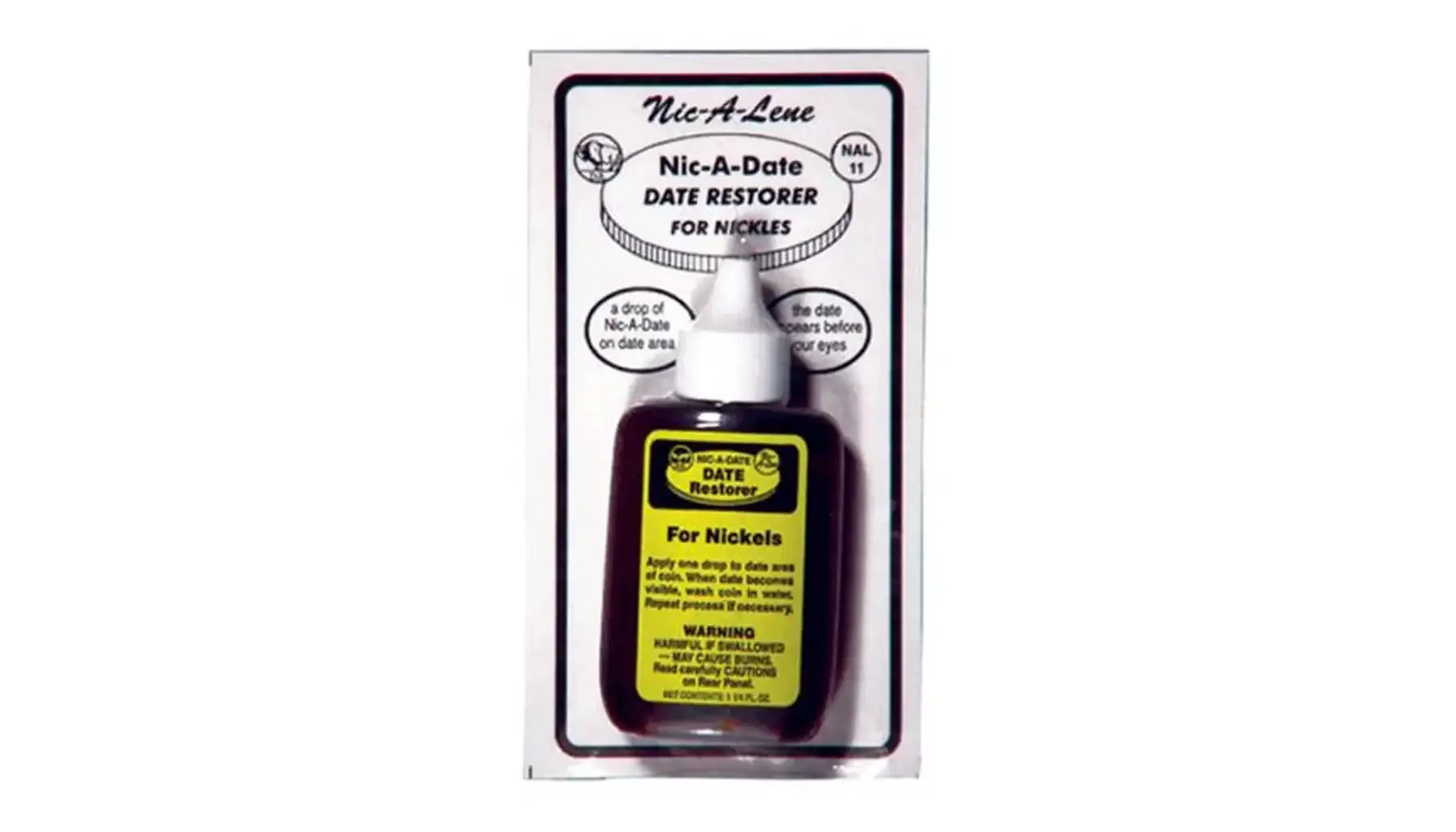
One of the most common ways to “restore” the original appearance of the coin is to employ Nic-a-Date, a chemical solution specifically designed for this purpose. All you have to do is apply a few drops of the solution to the date area and wait for it to react with the metal and make the date more visible, even when it has been worn away.
Pros ✓ Can reveal a partially or fully faded date ✓ Quick and relatively inexpensive ($8,81) ✓ Widely used by collectors | Cons ✗ The chemical treatment damages the surface ✗ Treated coins are generally considered altered and, hence, less valuable ✗ Not always effective |
Coin ID Scanner
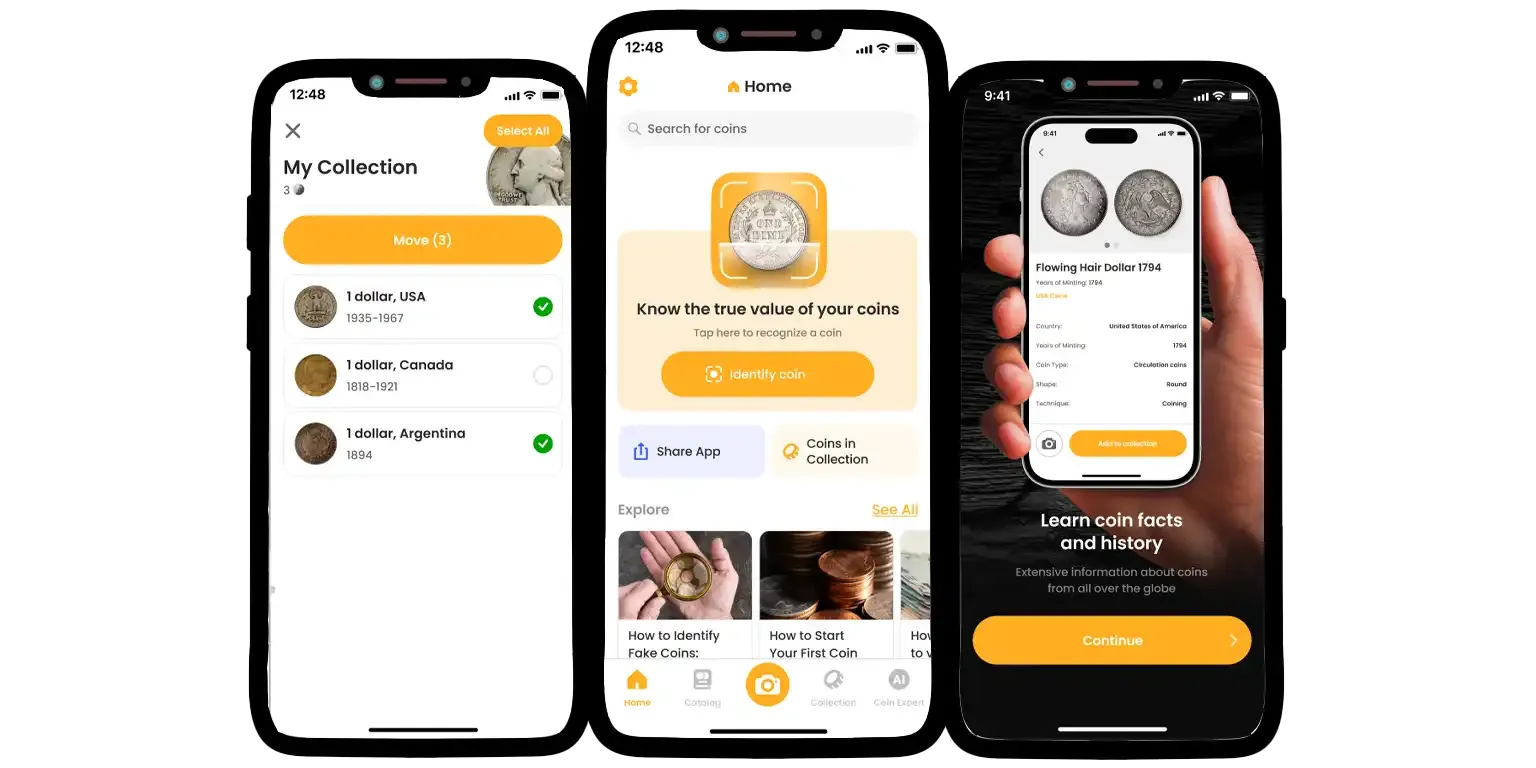
Digital identification tools may also lend a hand on this challenging path. If you are looking for a non-invasive method to gather more information about your coin, refer to apps like Coin ID Scanner. With the use of it, one may easily scan coins like 1935 Buffalo nickels to identify the type, origin, and special attributes and narrow down the year range.
Pros ✓ No risk of damaging the coin’s surface or reducing its value ✓ Free ✓ Quick and convenient, for it requires your smartphone only ✓ Helps estimate the coin’s type, manage collections, detect errors, and more | Cons ✗ The app should rely on a good camera and lighting conditions, which can affect the accuracy of the scan |
Magnification & Lighting Techniques

The most obvious way, though, is built by magnification tools like a jeweler’s loupe or a microscope. The skill is required, for one should position a coin in the way that the light is to outline the date that is not visible to the naked eye.
Pros ✓ This method does not change the coin’s surface and preserves its value. ✓ A magnifier or loupe is inexpensive and easy to use. | Cons ✗ It might not be effective when working with extremely worn-out instances ✗ Requires patience and skill to spot faint markings. ✗ Even with magnification, the date might remain illegible |
Quickly about the No Date Buffalo Nickel Value
Unfortunately for us, Buffalo head nickels no date generally hold low value when compared to fully restored pieces. However, it is not worthless in fact. The higher the grade of the instance and the rarer it is, the value of Buffalo nickel with no date. Here is what we may know about general price ranges (according to auction houses, PCGS reports, and Coin ID Scanner data):
Ordinary issues usually range from $0.25 to $1 depending on condition.
Rare types or mint marks could push the value higher, reaching up to $5–$10 or more.
Dateless numismatic creations rarely become must-have residents of any collection. However, their appeal should not be underestimated. While the missing date can diminish their worth, factors like condition, mint mark, and design type still play a crucial role in determining their value.
So, should you be lucky to obtain this coin, do not be quick to throw it away. What if the instance you hold is more valuable than you think?


